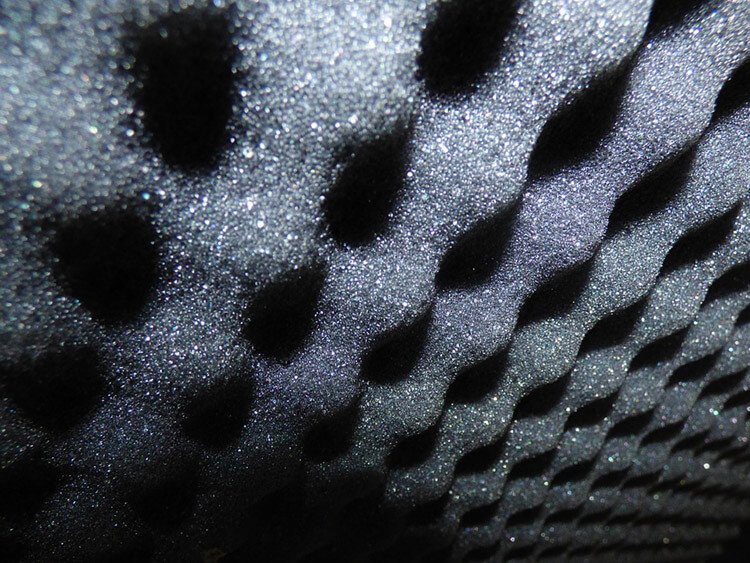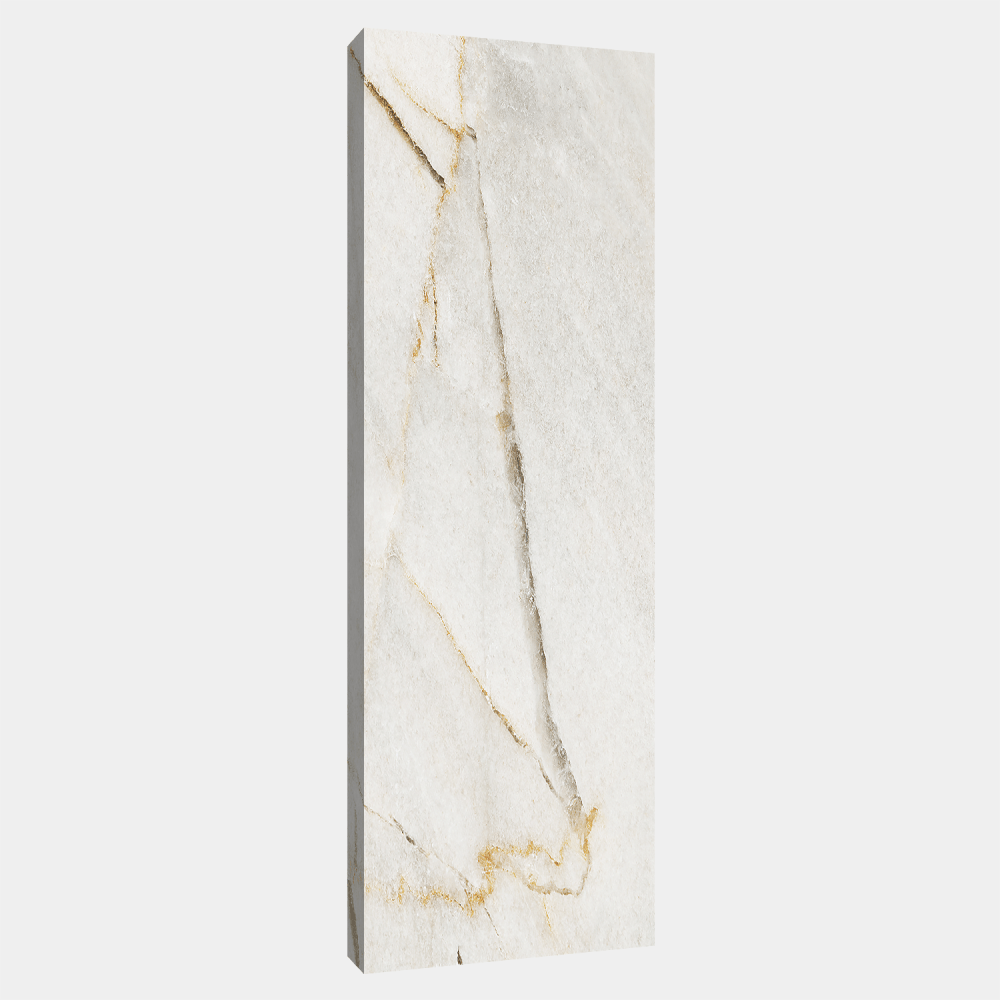Acoustic Solution Blog
What acoustic foam should I choose for my room? Advantages and disadvantages of Acoustic Foam
There are many types of sound absorbing panels on the market, one of the most popular products is so-called. acoustic foam often called pyramids. Usually it is a polyurethane foam or an increasingly popular melamine resin foam (Basotect). Until recently, blanks for eggs were often used to improve acoustics, but the myth of extrudates was long overdone. In fact, they have practically no influence on acoustics.
The density of acoustic polyurethane foam is usually from about 20kg / m3 to 40kg / m3. Its structure and density allows effective action on the acoustic wave in the range of high and medium frequencies. In the case of thick (8 cm) melamine foam, its action hooks up to 250 Hz. However, it should be remembered that acoustic foam is not an ideal solution for acoustic adaptation. Due to their limited effect on midrange and high frequency bands, they should be used very carefully. In the case of using only foam-based panels in the room, the overall acoustics may be degraded, because we will introduce even greater disparities in the frequency response of the room. Reverberation time for high frequencies will be significantly reduced, while the low frequency reverberation time will remain unchanged. This will result in rumbling and audible bass ringing. An example of RT60 reverberation time for a room adapted for low-quality acoustic foams (pyramids):

Alternative for acoustic foams – Absorbers
Alternative for acoustic foams – Absorbers
An alternative to acoustic foams are wideband absorbers made of high density wool, eg Isover pt-80. The density of wool should be chosen so that it absorbs the lowest frequencies, but it does not reflect medium and high frequencies. Of course, this is also dependent on the effect we want to achieve. Thanks to the even absorption characteristics of absorbers, they are a great alternative to foams. They absorb both low frequencies – even from 80 Hz, as well as high frequencies. An example of a room adapted with absorbers made of wool pt-80:
The special construction of the Addictive Sound broadband absorber allowed to optimize the acoustic properties of the system. The construction uses acoustically transparent fabric with a low basis weight, which is practically neutral for sound waves. In addition, under the layer of the main fabric, there is an additional fabric to protect against any dusting. On the back the panel is finished with a thin furniture plate, thanks to which the absorber better absorbs low frequencies. The acoustic wave, which was not absorbed by the wool (very low frequency), goes additionally to the furniture board, which will be followed by a further breakdown of the sound wave, finally reflected wave from the wall, it must return back through the structure consisting of a board of furniture and wool. If we add air dilation between the wall and the system, we can get even better results. The use of the panel on the back of the panel significantly improves the acoustic properties compared to the panel without “backs”. The solid structure made of furniture board makes the system stable and looks attractive visually.
Installation of acoustic foam, and absorber
Absorber is available in a very rich palette of colors, there are 25 shades to choose from. In comparison to acoustic foams, its assembly is less invasive and simpler. It hangs out like a picture on two pins attached to the set. It does not need to be glued like foams, which practically means that the panel can not be removed without damaging the wall and foam.
It should also be noted that foams have no effect on acoustic insulation, i.e. noise isolation, e.g. from two rooms. Their use will not let us get rid of the noise from the neighbor, they only serve to improve the acoustics inside the room, or shorten the reverberation time.
Acoustic foams should be used consciously, aware of the acoustic consequences that they can cause. When choosing acoustic foam, you should choose the ones with higher density, which can affect the low frequencies as much as possible. One should remember about a great alternative to foams, which are absorbers. They are free from the disadvantages of pyramids, and in addition have many advantages.









